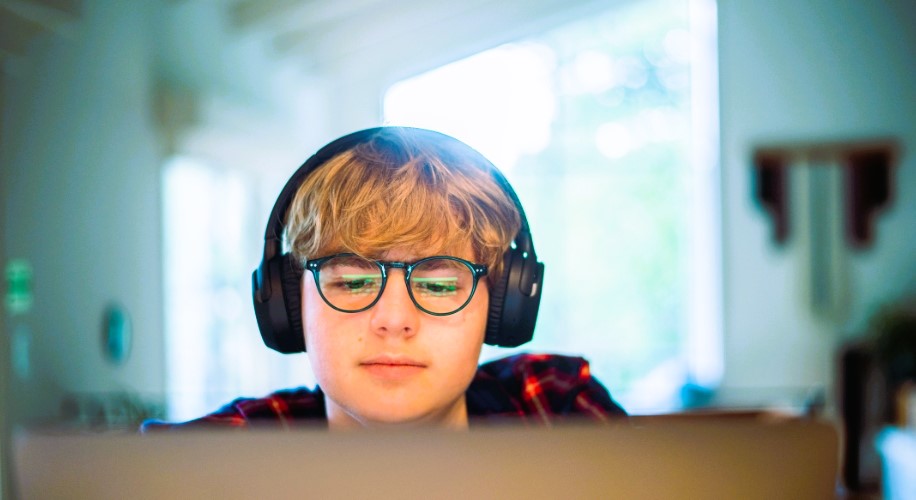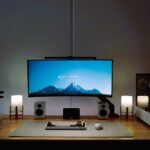Gaming marathons are a great way to immerse yourself in your favorite games, challenge your skills, and connect with friends. However, long gaming sessions can lead to eye strain, which can make gaming uncomfortable and even affect your performance. If you’ve ever felt your eyes become dry, tired, or sore during an extended session, you’re not alone. Fortunately, there are several strategies you can adopt to protect your eyes and ensure your gaming sessions remain comfortable and enjoyable.
In this article, we’ll explore the causes of eye strain during gaming and provide tips on how to prevent it so you can focus on what truly matters—your gameplay.
Understanding Eye Strain
Eye strain, also known as digital eye strain or computer vision syndrome, occurs when your eyes become fatigued after long periods of looking at a screen. It can be caused by several factors, including prolonged screen time, poor lighting, incorrect screen positioning, and insufficient breaks. Symptoms of eye strain include dry eyes, headaches, blurred vision, neck pain, and general discomfort.
For gamers, the risk of eye strain is even higher due to the combination of focused attention on the screen, often in low-light conditions, and long sessions with limited breaks. But the good news is that there are simple adjustments you can make to significantly reduce the risk.
1. Follow the 20-20-20 Rule
One of the most effective ways to reduce eye strain is to take regular breaks. The 20-20-20 rule is a simple guideline: for every 20 minutes you spend looking at a screen, take a 20-second break and look at something 20 feet away. This gives your eyes a chance to refocus and relax, reducing the strain from continuously focusing on the screen. Liked the article? Read also about Optimizing Your Workspace.
Why It Works:
- It allows your eyes to rest and recover from prolonged focusing.
- Helps prevent the buildup of fatigue in the eye muscles.
- Reduces the risk of dry eyes and blurred vision.
2. Adjust Your Screen Position
The position of your screen can have a significant impact on how much strain it puts on your eyes. Ideally, your screen should be at eye level, about 20 to 30 inches away from your eyes. Your eyes should be looking slightly downward when focusing on the screen, which helps to reduce eye strain and encourages proper posture.
Why It Works:
- Keeps your eyes at a natural angle, reducing neck and eye strain.
- Ensures that you don’t have to squint or lean forward to see the screen, which can worsen eye strain.
- Prevents unnecessary strain on the eye muscles by reducing the need for constant adjustments.
3. Optimize Lighting Conditions
Poor lighting can make eye strain worse by creating glare or making your eyes work harder to adjust between the brightness of the screen and the surrounding environment. Ideally, your gaming area should have soft, ambient lighting that is not too dim or too bright. Use a desk lamp with adjustable brightness to illuminate the area around you without causing glare on the screen.
Why It Works:
- Reduces the contrast between the screen and the surrounding environment, easing the strain on your eyes.
- Prevents glare and reflections that can cause discomfort.
- Ensures that your eyes do not have to adjust constantly between light and dark.
4. Use Blue Light Filters

Screens emit blue light, which can contribute to eye strain and disrupt your sleep patterns if you game late into the night. Many gaming monitors and laptops now come with blue light filters or “night mode” settings, which reduce the intensity of blue light emitted by the screen.
Alternatively, you can use blue light blocking glasses that are specifically designed to reduce the harmful effects of screen exposure.
Why It Works:
- Blue light filters help reduce eye fatigue by minimizing the intensity of the light.
- Protects your eyes from potential long-term damage due to excessive exposure.
- Helps preserve sleep quality by reducing the impact of blue light on melatonin production.
5. Blink More Often
When you’re deeply focused on your game, you tend to blink less, which can lead to dry eyes. Blinking helps keep your eyes lubricated and reduces discomfort. Make a conscious effort to blink more often during your gaming sessions.
Why It Works:
- Blinking helps maintain moisture in your eyes, preventing dryness and irritation.
- Regular blinking improves the overall comfort of your eyes during long sessions.
- Reduces the risk of developing symptoms of dry eye syndrome.
6. Adjust Screen Brightness and Contrast
Ensure that your screen brightness and contrast are set to comfortable levels. A screen that is too bright or too dim can strain your eyes. The brightness should match the lighting in the room, and the contrast should be high enough that text and images are clearly visible without excessive squinting.
Why It Works:
- Proper brightness and contrast prevent your eyes from working too hard to see the screen.
- Reduces glare and reflections, making the screen more comfortable to view.
- Helps prevent discomfort from excessive light intensity.
Eye strain is a common issue for gamers, especially during long sessions. By implementing these simple strategies, you can reduce the risk of eye fatigue, discomfort, and potential long-term damage to your eyes. Regular breaks, proper screen positioning, optimal lighting, and eye care are essential to ensure that your gaming experience remains enjoyable and comfortable. With these tips, you can keep your eyes healthy and focused, so you can concentrate on what truly matters—your game.
For more information on preventing eye strain and maintaining a healthy lifestyle, check out Wikipedia on Digital Eye Strain.
Keep your eyes sharp, stay comfortable, and game on!



